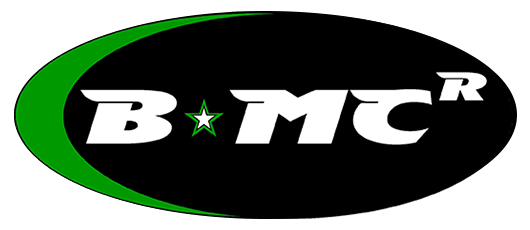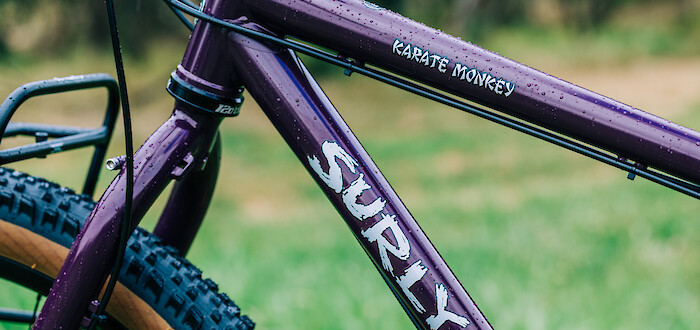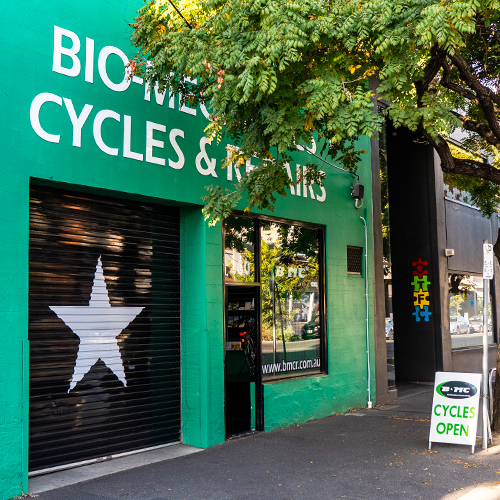How to save money on your bike service


While servicing your bike is essential to keep it running, no-one wants to get hit with an unexpectedly large bill, especially if it can be easily avoided.
But how do you make your bike service cheaper? With a handful of very simple tips, and a little preventative maintenance. Let’s dive into how you can save money on bike services and the cost of repairs.

Tip One: Check your chain
Every time you ride, the drive train (that’s the chain, cassette/rear cogs, chain rings and jockey wheels – all the bits that move the bike forward) is working hard. With each pedal stroke, metal is grinding on metal, and those components will eventually wear out. #becausescience
One extremely simple way to save money on bicycle repairs is to keep an eye on your chain wear. The chain travels over the teeth of the cassette and chain rings hundreds if not thousands of times as you ride. With this use, the distance between the chain’s joiner pins gradually gets longer. (This is often referred to as ‘chain stretch’, but that’s a slightly misleading term.) This extra distance means that the chain no longer sits properly on the teeth of the cassette and chain rings, and instead sits higher where it’s not properly supported and where it will chew through the teeth much more quickly. (If you’ve ever noticed burring on your cassette teeth, this is what’s been happening.)
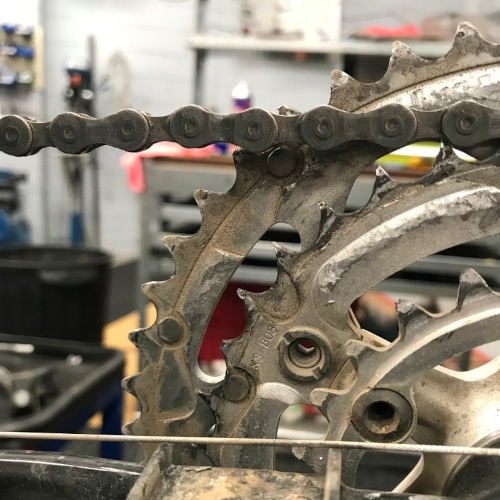
To make things worse, if the chain is dirty, all that grime and gummy lube basically turns into a metal-cutting paste, further accelerating the wear. As a result, when it comes to service time, you’ll usually need to replace the whole drive train.
However! If you replace your chain when it’s less than 70% worn, the new chain will not only work with the existing cassette and chain rings but will also extend their lifespan. It’s sometimes possible to get three chain’s wear out of one set of cassette and chain rings if you stay on top of it, thereby getting maximum bang for your buck out of these more costly components. It’s the easiest way to avoid the bigger financial hit of a new drive train all at once.
How to check your chain wear
All you need is a chain checking tool, sometimes known as a chain gauge. It costs around $20 but will save you many more dollars in the future. Do we stock them? Yes, we do.
The takeaway: monitor your chain before it becomes a drive-train-eating machine.

Tip Two: Check your brakes
Brake pads are one of your bike’s hardest-working components so they need to be given some love. After all, discovering that your brakes don’t work is never a fun way to end a ride.
In addition to performance issues, brake pads that are worn down to the backing plate will also chew through the rotors or the rim (depending on whether you’re running disc or rim brakes). If that happens, you can add new rotors or a wheel rebuild to your service bill. So, yeah, you’ll want to check your pads from time to time and save yourself the headache -- and cost -- of components you could have kept running in the meantime.

How to check your brake pads
For disc brakes, the easiest way to check the pads is to drop the wheel out. Look at the pad surface – how much material is left? If there’s less than a millimetre left, you need new ones. Secondly, is the brake pad surface worn evenly or is there a ridge across it? If the surface wear looks wonky (see the picture below), there may be an issue with your rotor or calliper alignment; you’ll want to get that checked out sooner rather than later.

Disc brake pads can also get contaminated. You’ll know this is happening if the brake isn’t powerful but is noisy as hell. (On the plus side, you’ll never get lost on a group ride as everyone will always know where you are.) If it's not too heavy, contamination issues can usually be fixed with some brake cleaner -- again, a cheap purchase which will save you money in the long term, not to mention your hearing. If the contamination is too great, however, you'll need to replace the pads.
For rim brakes, take a close look at the pad surface. Does it have bits of debris or aluminium shavings from the rim? Get rid of those with a small pick, some brake cleaner and a cloth. (While you’re at it, give the rim a quick wipe-down to get rid of any crud.) Can you still see the pad wear indicators – those grooves in the pad surface? If they’ve worn off, it’s new pad time.
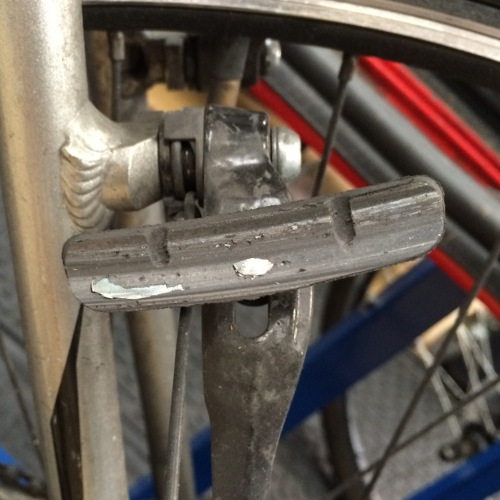
Tip Three: Keep it clean
We can hear the groans from here, but stay with us.
There are two crucial reasons for you to clean your bike – well, three, if you count aesthetics. The first reason is that dirt and mud can hide a multitude of things, including cracks. You may be surprised how often we discover that someone has been happily riding a bike which could break apart under them at any moment. Cleaning your bike will give you the perfect opportunity to run your eye over it and make sure there aren't any suspect areas or things that don't look quite right. If you discover something irrepairable, at least you've saved yourself a trip; time to put that service money towards a new bike!
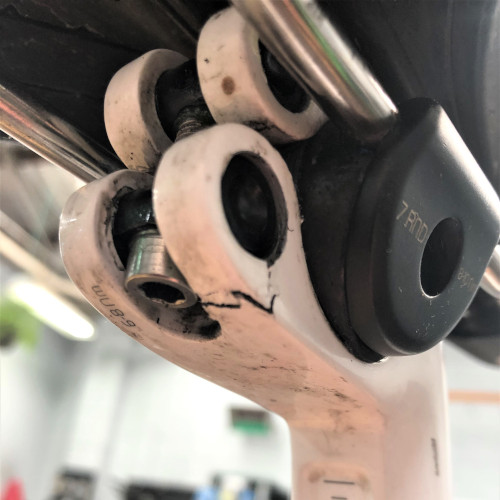
The second is that it's faster and easier for a mechanic to work on your bike if it's not caked in crud. If your mechanic works on an hourly rate (like we do), this means that the faster the service goes, the less it's going to cost.
As a side note, nothing ticks off a workshop more than receiving a bicycle that is coated in grime, mud or grease from front to back, usually accompanied by the phrase, "I was going to clean it, but..." (Interesting point: people rarely finish this sentence.) Get on your mechanic’s good side -- and save money on your hourly rate -- by bringing in a sparkling clean machine.
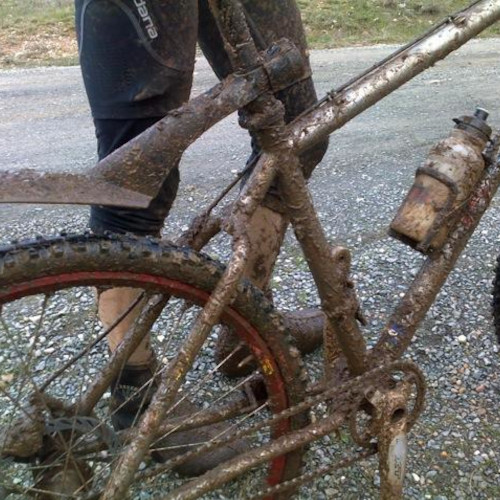
Not sure how to get started with a bike clean? Here's an easy guide. Even at a minimum, wiping over your bike post-ride -- especially if it's got suspension -- will help. Speaking of that...
Tip Four: Watch your suspension
We've already written a blog post on why it’s so important to keep an eye on what’s happening with your forks, shock and dropper post, but here’s a quick refresher as it’s so critical to saving money on mountain bike repairs.
Every time you ride, your bike is exposed to dirt, dust and debris. If not removed, these elements can work their way past the seals and into the body of your suspension, contaminating the oil and affecting its performance.
Even worse, dirt and mud can scratch the hell out of your stanchions or shock body – sometimes so badly that they need to be replaced, easily tripling the cost of a normal fork or shock service.
By simply wiping over the fork stanchions, shock body and seat post after your ride to remove any dirt, you’ll go a long way towards preventing issues. This is also a good time to check the areas for chips, rock dings or damage, and to check the seals as well to make sure they’re not cracked or torn. Catching a ripped seal early will save you from a more costly repair down the track.
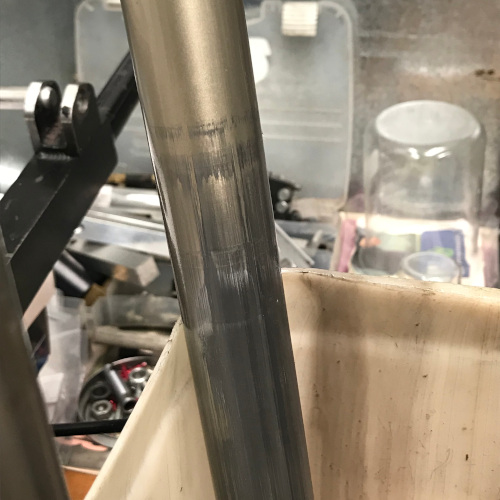
What's the time, Mr Fox?
Your suspension’s lifespan is measured in actual riding time, not in months or years; we can tell you when it was last serviced, but we have no way of telling how many hours you’ve spent out on the trails since then. Only you (or possibly Strava) has this information, so you’ll need to keep an eye on it to gauge when your suspension needs to be looked at.
As a very rough guide, at 50 hours, your shock or forks will be very happy to have an air canister service or a lowers refresh (both of which are cheaper than a full service) to keep them running happily. At 150 hours, they’ll be ready for a full strip-down and rebuild, including the damper side. Leaving it longer than this will almost guarantee that you’re not only in for more parts due to accumulated damage but also won’t be getting the full performance out of your bike.

While my seals gently weep
Whether your forks have dumped all of their oil or your shock is dribbling like a Golden Retriever watching you cook a steak, any liquid bleeding out of your bike is an immediate distress signal.
We sometimes have customers say, “My forks/shock was leaking, but it’s stopped now so it must have gotten better.” If it’s stopped leaking, guess what? There’s no fluid left inside, and you’re riding on dry suspension. Once again, this can become a hugely expensive problem, and one that’s easily avoided by acting early if you see any kind of moisture or oily residue.
Repeat after us: oil, like blood, is supposed to stay on the inside.

Tip Five: Pay attention
Some things on a bike have a way of immediately letting you know that something’s wrong – it’s hard to ignore a flat tyre, for example. Other things will try to warn you, but you have to be listening.
A rear wheel that feels crunchy could mean that the bearings are breaking up. If left too long, these broken bits can actually end up shredding the hub. Getting the wheel checked and the bearings replaced is far cheaper than a new hub and a wheel rebuild.
If you’re running rim brakes and you suddenly get a pulsing sensation under braking, this can sometimes be a sign that the rim is breaking up. Again, get it looked at instead of risking a tyre exploding off the rim mid-descent, or ending up with no brake at all.
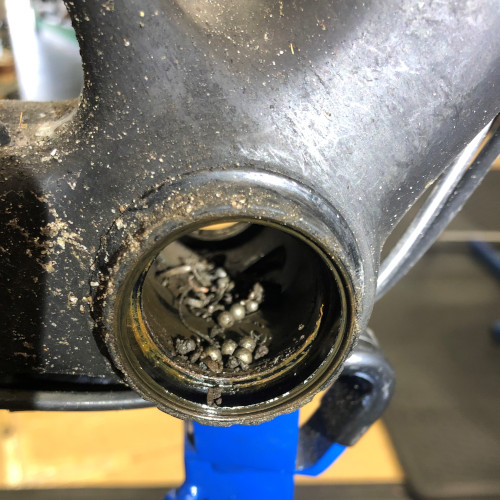
A ‘tinging’ sound can be the sound of your rear derailleur brushing against the spokes. If you ignore it, there’s every chance you’ll end up putting your derailleur actually through the wheel (which can be, at best, very expensive and, at worst, land you in hospital). Instead, get your gears checked, and save yourself the cost of a new wheel (and dental bills).
Finally, creaking sounds are notorious. They can sometimes have innocuous causes (e.g. something hasn’t been greased properly) but they can also sometimes mean something potentially catastrophic, like a cracked fork steerer or seat post. Your bike isn’t supposed to be noisy: get it serviced as soon as you can. It’s a lot better than suddenly having something snap under you when you’re bombing down Willunga Hill.

So what’s our number-one tip?
Prevention. It’s the most important thing you can do to make your bike services cheaper, and will help you head off trouble before it begins. If trouble has already begun, however, prevention will help minimise the damage to your bike as well as your wallet.
Most of the tips here cost nothing but a little bit of your time, and maybe a bucket of soapy water and a soft cloth. By staying on top of what’s going on with your bicycle, and both you and your bank account will be much happier.
Need to get your bike serviced? We'll take care of it!
